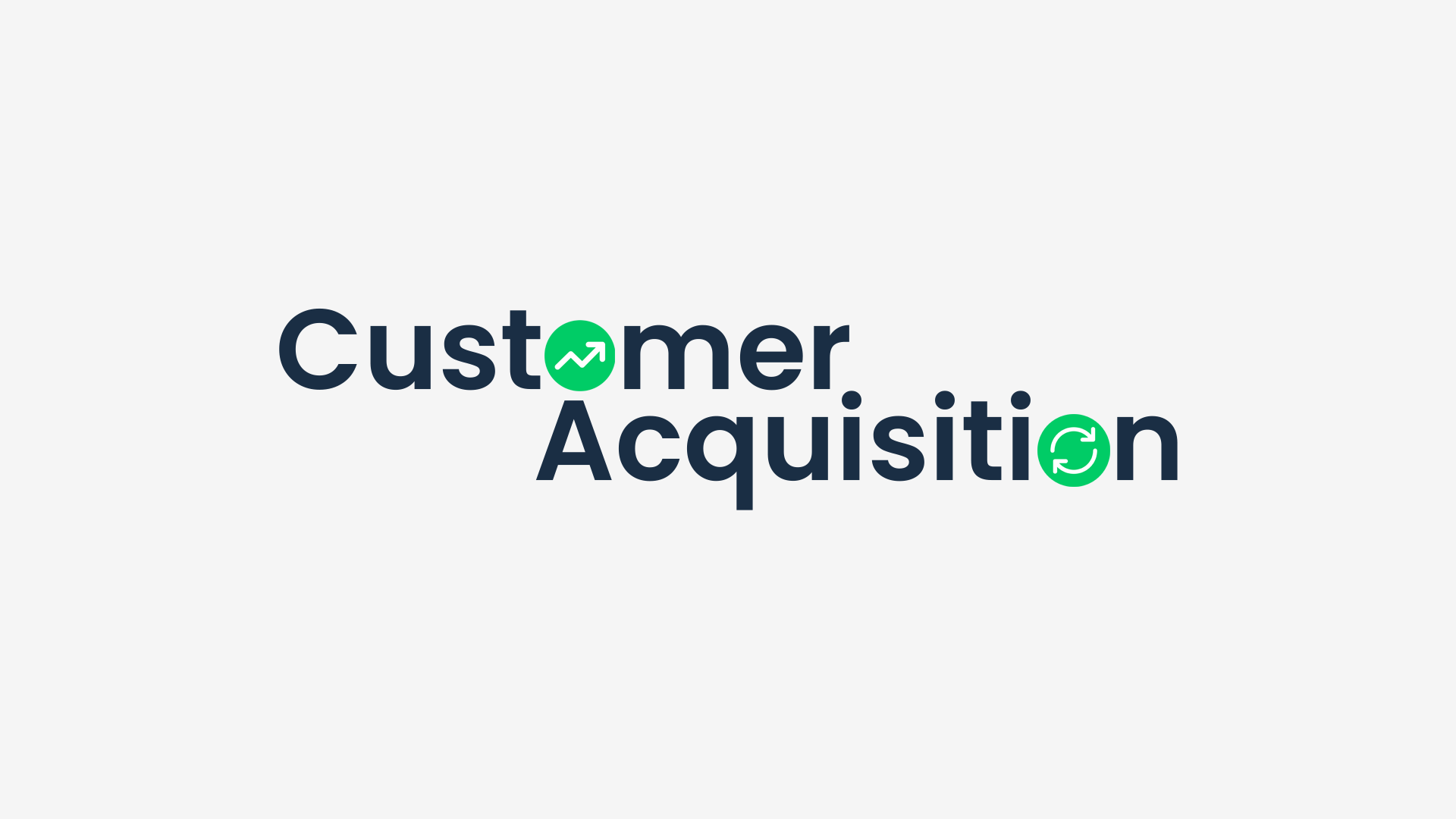Acquiring new customers is essential for business growth. However, traditional methods can be expensive and often yield diminishing returns. In today's competitive landscape, finding cost-effective strategies is crucial.
Leveraging customer referrals is a standout strategy for reducing acquisition costs and boosting ROI. This article explores why referrals are cost-effective and provides strategies to maximize their potential for sustainable business growth.
Why Referrals Are Cost-Effective
Lower Acquisition Costs
Traditional advertising methods such as pay-per-click (PPC) campaigns, social media ads, and billboards often require substantial investment. Referral programs, on the other hand, shift focus from broad, impersonal advertising to personalized recommendations.
By incentivizing current customers to refer friends and family, you tap into a network of potential customers who trust personal recommendations over generic ads. This approach not only saves money but also leverages the credibility and trust that existing customers have built with their peers.
High ROI
Referred customers tend to exhibit higher loyalty and engagement compared to those acquired through other channels. Studies have shown that referred customers have a 16% higher lifetime value than non-referred ones. They are more likely to make repeat purchases, leading to increased revenue over time.
Moreover, satisfied referred customers often become advocates themselves, creating a self-sustaining cycle of referrals that continually boosts ROI.
Efficient Growth
Referrals create a multiplier effect that can lead to rapid and efficient growth. A single satisfied customer can refer multiple new customers, who, in turn, refer others.
This chain reaction can exponentially increase your customer base without a proportional increase in marketing expenditure. This organic growth is both scalable and sustainable, providing long-term benefits to your business.
Strategies for Maximizing Referrals
Incentivize Referrals
To encourage your customers to refer others, offer compelling incentives. These incentives can take various forms, including discounts on future purchases, free products or services, cash rewards, or exclusive access to new features.
The key is to provide something of value that motivates customers to share their positive experiences with others.
Example: Dropbox famously used a referral program that rewarded both the referrer and the referee with additional storage space. This win-win approach not only incentivized users to refer others but also added value for the new customers, making the referral program highly successful.
Simplify the Process
A seamless and straightforward referral process is crucial for participation. Complicated or cumbersome referral systems can deter even the most enthusiastic customers.
Ensure that your referral process is user-friendly and intuitive. Provide clear instructions, and consider using referral codes or easy-to-share links to streamline the process.
Example: Airbnb's referral program is a prime example of simplicity and effectiveness. Users can easily share their referral link via email, social media, or directly from the Airbnb app. The referral reward is clearly communicated, making it easy for users to understand and participate.
Monitor and Adjust
To ensure the success of your referral program, continuous monitoring and adjustment are necessary. Track key performance indicators (KPIs) such as the number of referrals, conversion rates, and the lifetime value of referred customers. Use this data to identify areas for improvement and optimize your referral strategy accordingly.
Example: A/B testing different referral incentives or messaging can help you determine what resonates most with your customers. By analyzing the results, you can fine-tune your program to maximize effectiveness.
Implementing a Referral Program
Define Clear Goals
Before launching a referral program, it's essential to define clear and measurable goals. These goals could include increasing sales, expanding your customer base, boosting brand awareness, or enhancing customer loyalty.
Having specific objectives will help you measure the success of your program and make data-driven decisions.
Example: If your goal is to increase sales, track metrics such as the number of new customers acquired through referrals and their subsequent purchasing behavior. If brand awareness is the objective, monitor social media mentions and website traffic generated by referral links.
Choose the Right Incentives
Selecting the right incentives is crucial for the success of your referral program. Understand your target audience and what motivates them. Tailor your incentives to match their preferences and behaviors.
Example: E-commerce platforms might offer discount codes for future purchases, while SaaS companies could provide extended free trials or premium features. The key is to align the rewards with what your customers find valuable.
Promote Your Program
To maximize participation, actively promote your referral program across multiple channels. Utilize email marketing, social media, in-app notifications, and your website to spread the word. The more visibility your program has, the higher the likelihood of participation.
Example: Create engaging email campaigns that highlight the benefits of your referral program. Use social media platforms to showcase success stories and encourage users to share their referral links. Website banners and pop-ups can also be effective in capturing the attention of visitors.
Best Practices for Referral Programs
Personalize the Experience
Personalization can significantly enhance the effectiveness of your referral program. Tailor your messaging to resonate with different segments of your customer base. Personalized referral invites and rewards make customers feel valued and more likely to participate.
Example: Send personalized referral invites that address customers by their names and highlight their past interactions with your brand. Personalized rewards, such as a discount on a frequently purchased product, can also increase engagement.
Leverage Social Proof
Social proof plays a powerful role in influencing purchasing decisions. Showcase testimonials, reviews, and success stories from referred customers to build credibility and trust.
Example: Feature customer testimonials and case studies on your website and social media platforms. Highlight positive experiences and the benefits that referred customers have enjoyed as a result of participating in your referral program.
Ensure Transparency
Transparency is key to building trust and encouraging participation. Clearly communicate the terms and conditions of your referral program, including how rewards are earned and distributed. Avoid hidden fees or complex requirements that could discourage customers.
Example: Provide a dedicated referral program page on your website that outlines all the details in a clear and concise manner. Use FAQ sections to address common questions and concerns.
Case Studies of Successful Referral Programs
Dropbox
Dropbox's referral program is a textbook example of success. By offering additional storage space to both the referrer and the referee, Dropbox incentivized users to spread the word about their service.
This approach not only increased user acquisition but also improved user retention, as customers engaged more with the platform to maximize their storage space.
Uber
Uber's referral program allowed users to earn free rides by referring friends. The simplicity of sharing a referral code and the immediate gratification of a free ride made the program highly effective. Uber's referral program played a significant role in its rapid global expansion.
Airbnb
Airbnb's referral program rewarded users with travel credits for both the referrer and the referee. This dual-sided incentive created a win-win situation, encouraging users to refer friends and family.
The program was instrumental in Airbnb's growth, helping it become a household name in the travel industry.
How Referralpin Can Help
Managing a referral program can be complex and time-consuming. That's where Referralpin comes in. Our platform is designed to simplify and enhance every aspect of your referral efforts:
- Automate Referral Tracking: Eliminate manual tracking and let our platform handle the logistics.
- Gain Actionable Insights: Our analytics tools help you monitor referral performance, track key metrics, and uncover opportunities for improvement.
- Customize Incentives: Tailor rewards to match your customers' preferences and behaviors.
- Simplify the Process: Provide an easy-to-use interface that makes referring others a breeze.
Cost-effective customer acquisition through referrals is a powerful strategy for businesses looking to grow sustainably. By leveraging your existing customers and implementing a structured referral program, you can reduce acquisition costs, increase ROI, and achieve efficient growth.
With the right strategies and tools, such as Referralpin, you can maximize the potential of your referral program and drive your business forward. Start leveraging the power of referrals today and watch your customer base expand organically and cost-effectively.



